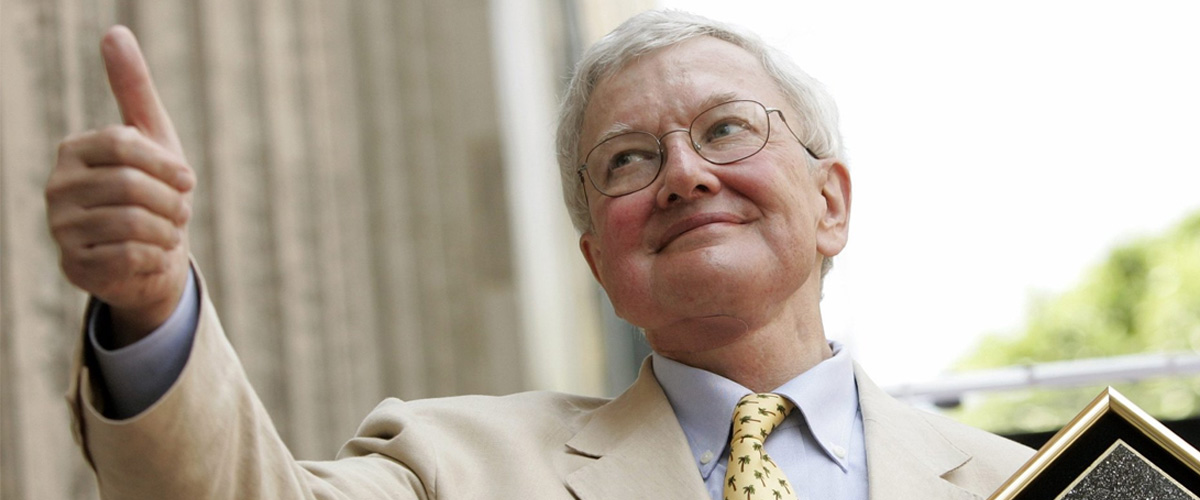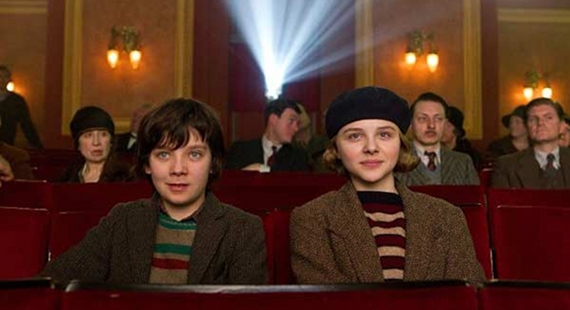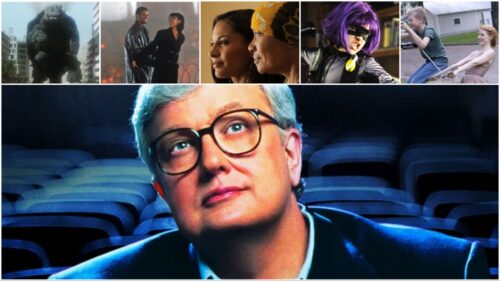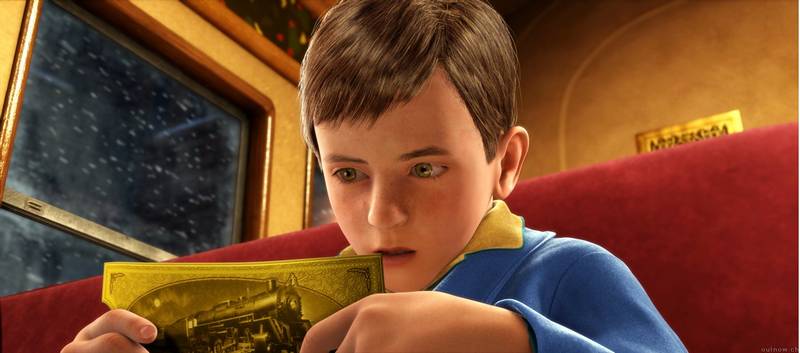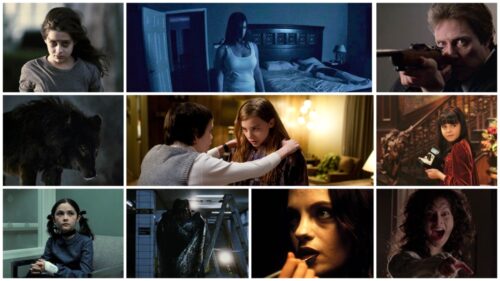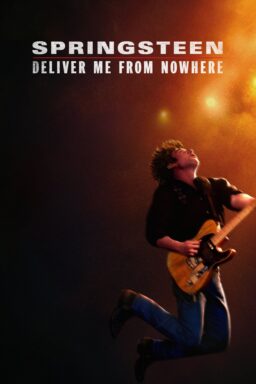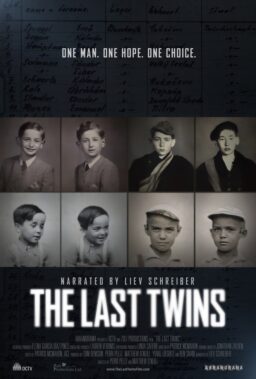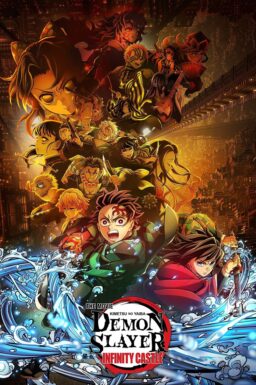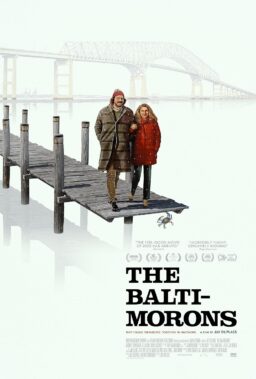Box office revenue at movie theaters “lagged far behind 2010,” an article by the AP’s David Germain reports. Partly that was because the year lacked an “Avatar.” Partly because a solid summer slate fell off in the autumn. Germain talks to several Hollywood insiders who tried to account for the general decline of ticket sales; 2011 had “smallest movie audience since 1995.” I have some theories of my own, fueled by what people tell me.
1. Obviously, the absence of a must-see mass-market movie. When moviegoers hear about “Avatar” or “The Dark Knight,” they blast off from home base and land in a theater seat as quickly as they can.
2. Ticket prices are too high. People have always made that complaint, but historically the movies have been cheap compared to concerts, major league sports and restaurants. Not so much any longer. No matter what your opinion is about 3D, the charm of paying a hefty surcharge has worn off for the hypothetical family of four.
3. The theater experience. Moviegoers above 30 are weary of noisy fanboys and girls. The annoyance of talkers has been joined by the plague of cell-phone users, whose bright screens are a distraction. Worse, some texting addicts get mad when told they can’t use their cell phones. A theater is reportedly opening which will allow and even bless cell phone usage, although that may be an apocryphal story.
4. Refreshment prices. It’s an open secret that the actual cost of soft drinks and popcorn is very low. To justify their inflated prices, theaters serve portions that are grotesquely oversized, and no longer offer what used to be a “small popcorn.” Today’s bucket of popcorn would feed a thoroughbred.
5. Competition from other forms of delivery. Movies streaming over the internet are no longer a sci-fi fantasy. TV screens are growing larger and cheaper. Consumers are finding devices that easily play internet movies through TV sets. Netflix alone accounts for 30% of all internet traffic in the evening. That represents millions of moviegoers. They’re simply not in a theater. This could be seen as an argument about why newspapers and their readers need movie critics more than ever; the number of choices can be baffling.
6. Lack of choice. Box-office tracking shows that the bright spot in 2011 was the performance of indie, foreign or documentary films. On many weekends, one or more of those titles captures first-place in per-screen average receipts. Yet most moviegoers outside large urban centers can’t find those titles in their local gigantiplex. Instead, all the shopping center compounds seem to be showing the same few overhyped disappointments. Those films open with big ad campaigns, play a couple of weeks, and disappear.
The myth that small-town moviegoers don’t like “art movies” is undercut by Netflix’s viewing results; the third most popular movie on Dec. 28 on Netflix was “Certified Copy,” by the Iranian director Abbas Kiarostami. You’ve heard of him? In fourth place–French director Alain Corneau’s “Love Crime.” In fifth, “The Girl with the Dragon Tattoo”–but the subtitled Swedish version.
The message I get is that Americans love the movies as much as ever. It’s the theaters that are losing their charm. Proof: theaters thrive that police their audiences, show a variety of titles and emphasize value-added features. The rest of the industry can’t depend forever on blockbusters to bail it out.
